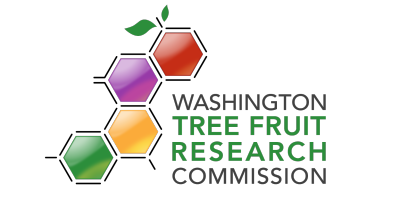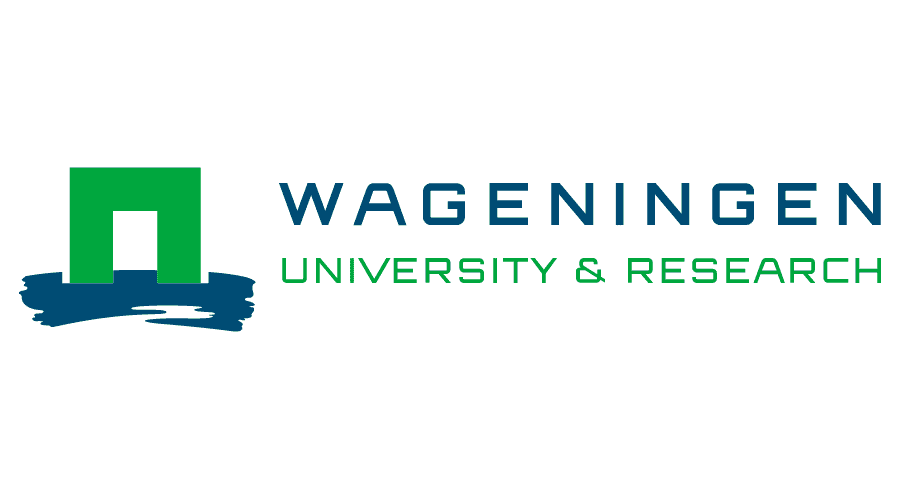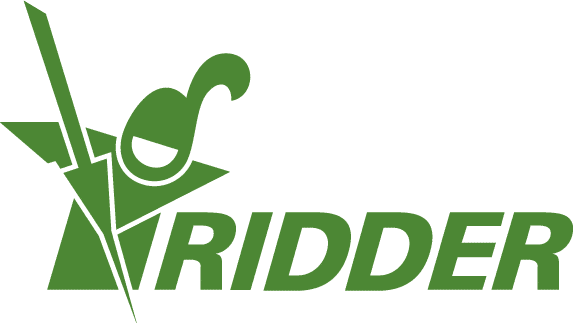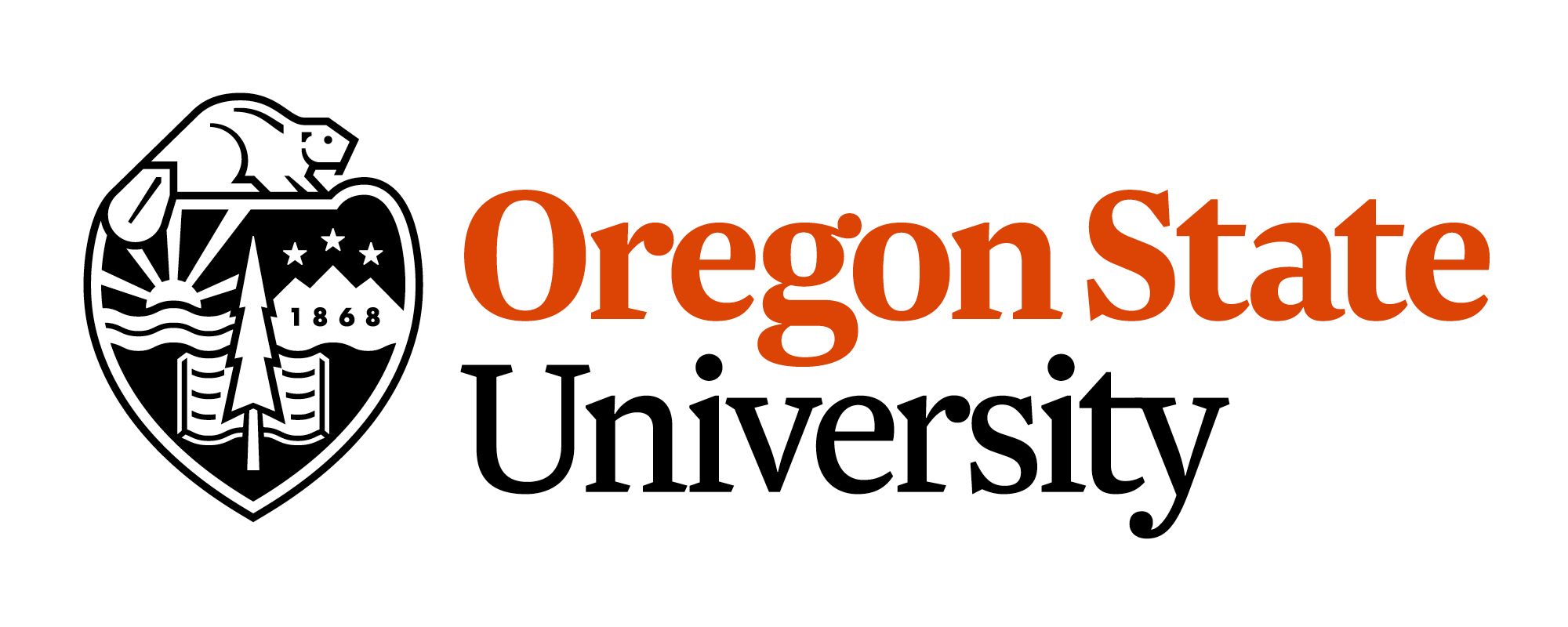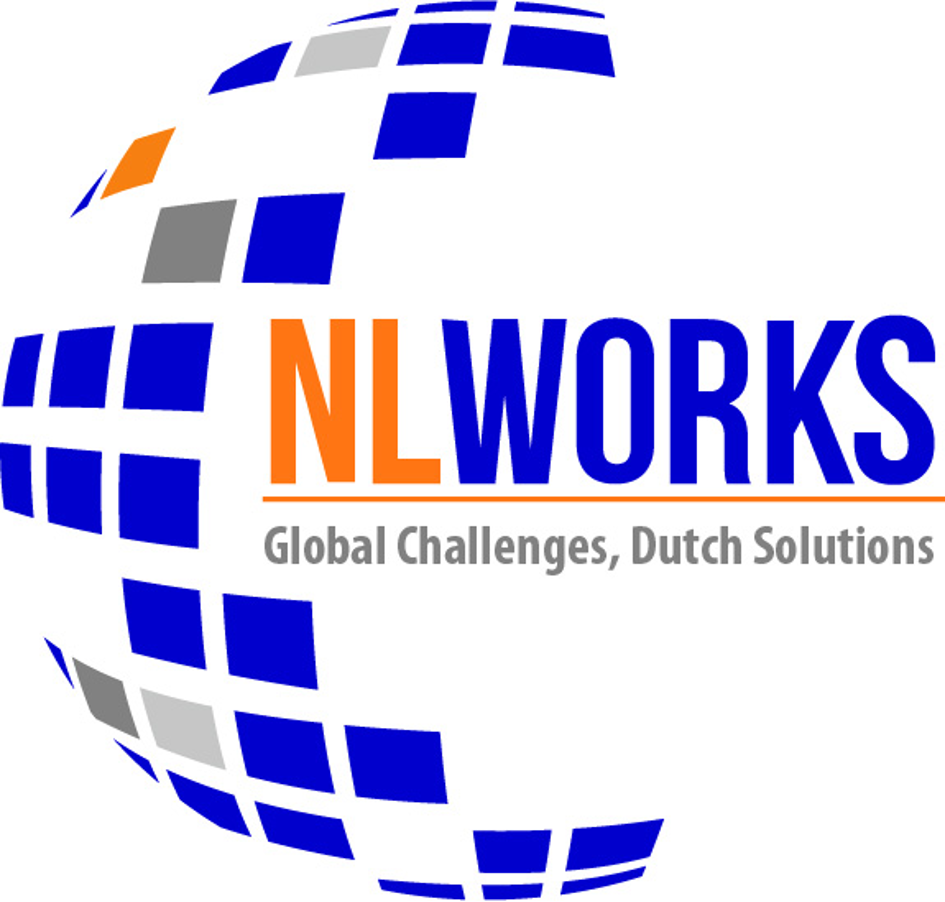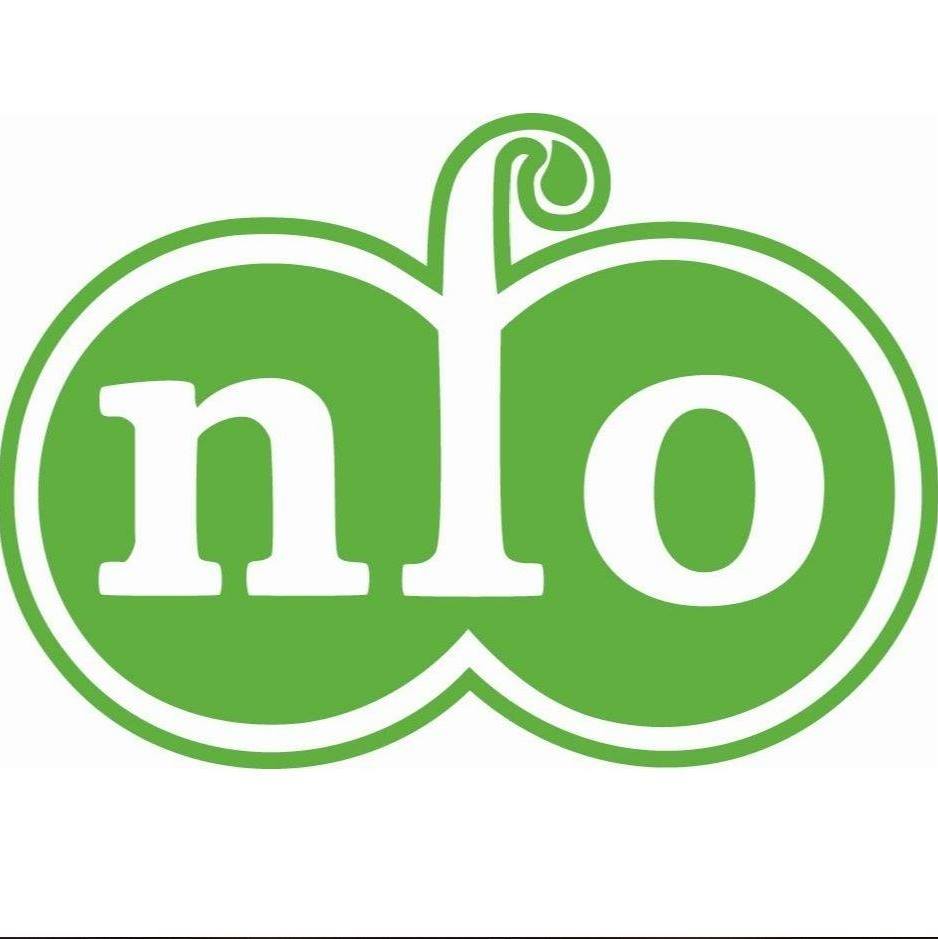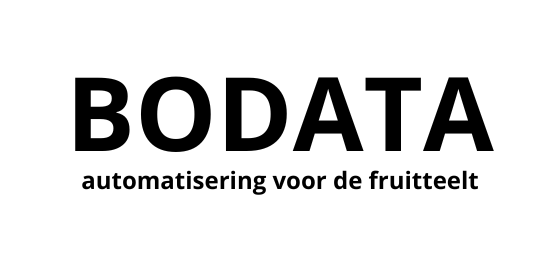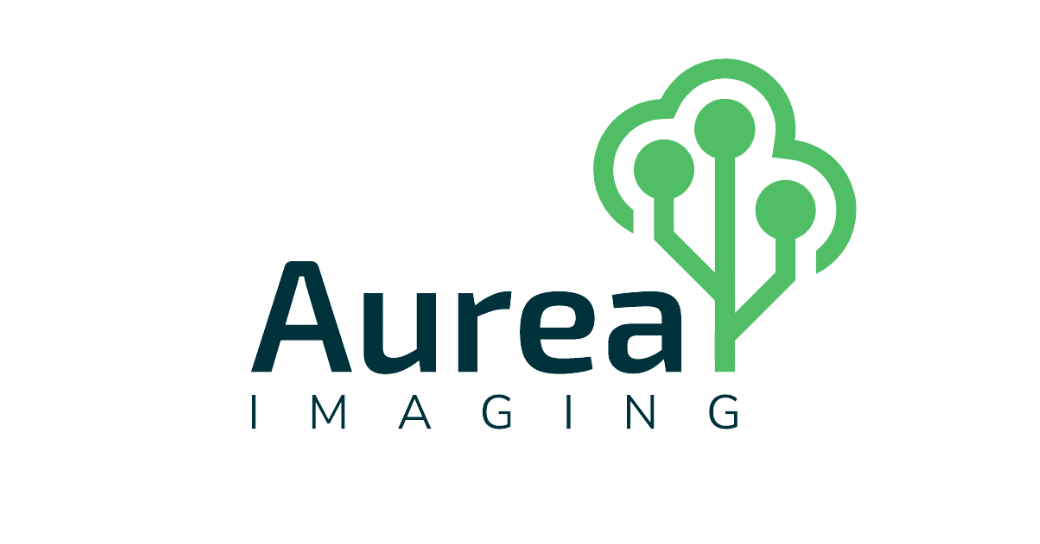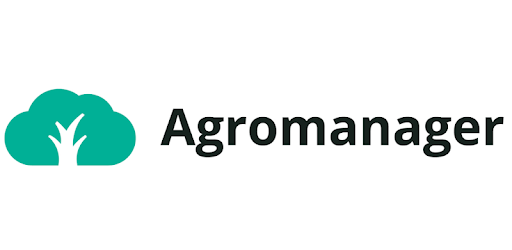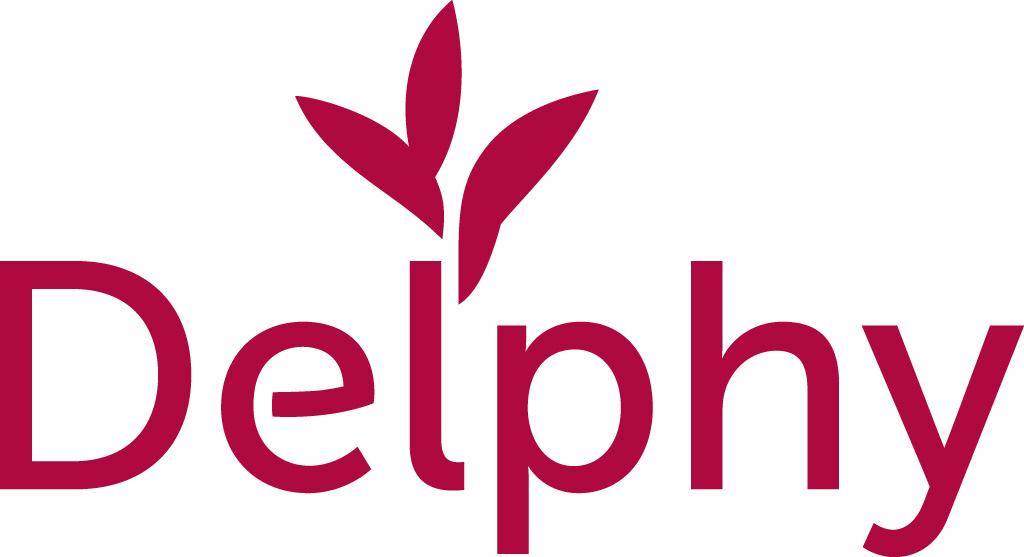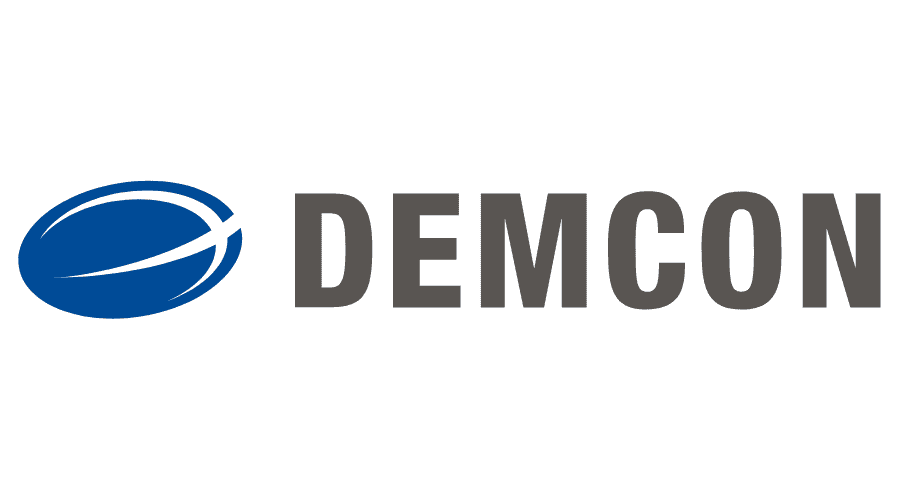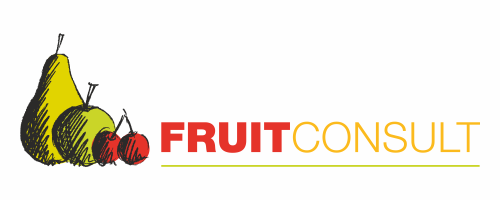From April-June 2023, Alex You, who at the time was a Robotics PhD student at Oregon State University (co-advised by Prof.’s Joe Davidson and Cindy Grimm), had the opportunity to complete an exchange program at Wageningen University and Research. Under the supervision of Dr. Jochen Hemming, Alex worked on plant reconstruction for robotic pruning. The following is a brief reflection of his experience:
“From April to June of 2023, I had the unique opportunity to visit Wageningen University and Research (WUR) in the Netherlands to work on a collaboration involving robotic pruning of red currants. In addition to appreciating Dutch life as a whole (from bikes to brined herring), during this period, I was able to learn more about the history of agricultural automation research at WUR and exchange knowledge with the established researchers there.
Overall, my biggest impression after having visited WUR was regarding the sheer scale of the agricultural research at WUR. This is the first time I’ve visited a research institution dedicated to a specific field (agriculture), so it was quite fascinating to see all the cutting edge facilities, such as highly controlled greenhouses, massive conveyor systems for conveying plants, etc. That being said, OSU also has a renowned College of Agricultural Sciences, and I’m actually unsure of the facilities available on OSU’s campus (I never went to visit them myself), which highlights a rather noticeable knowledge gap between our lab’s work at OSU and the work done outside of the College of Engineering.
Another evidence of this disparity is my impression that most work on robotic automation is “concentrated” in the robotics and adjacent departments here at OSU. Meanwhile at WUR, I saw various labs throughout the campus working on robotics research, not just the agri-food robotics team I was seated with, but also other teams located in different facilities and in different areas such as livestock. It would be great to establish collaborations between the departments where possible, or at the very least to have some way to inform each other about ongoing research efforts to highlight potentially overlapping areas.
I was also impressed by the history of robotics projects at WUR, as the lab I worked in had kept many robots and implements (e.g. grippers) from their previous project on display. Given the history of the lab’s work, I had expected the transfer of knowledge to be largely one-sided. On the contrary though, during my stay there I felt that I had enough knowledge of my own from the past 4.5 years to help provide guidance on the direction of the pruning project. This ultimately emphasizes the need to continue with collaboration and knowledge exchange with as many groups as we can. While more established groups have useful experience in accessing resources and deploying integrated systems to the field, many active areas of research (e.g. computer vision) involve very recent developments with varying methodologies. Collaboration brings the opportunity to explore more ideas and discuss what has and hasn’t worked, and new entrants in the field can provide fresh perspectives necessary to advance the state of the art.”






